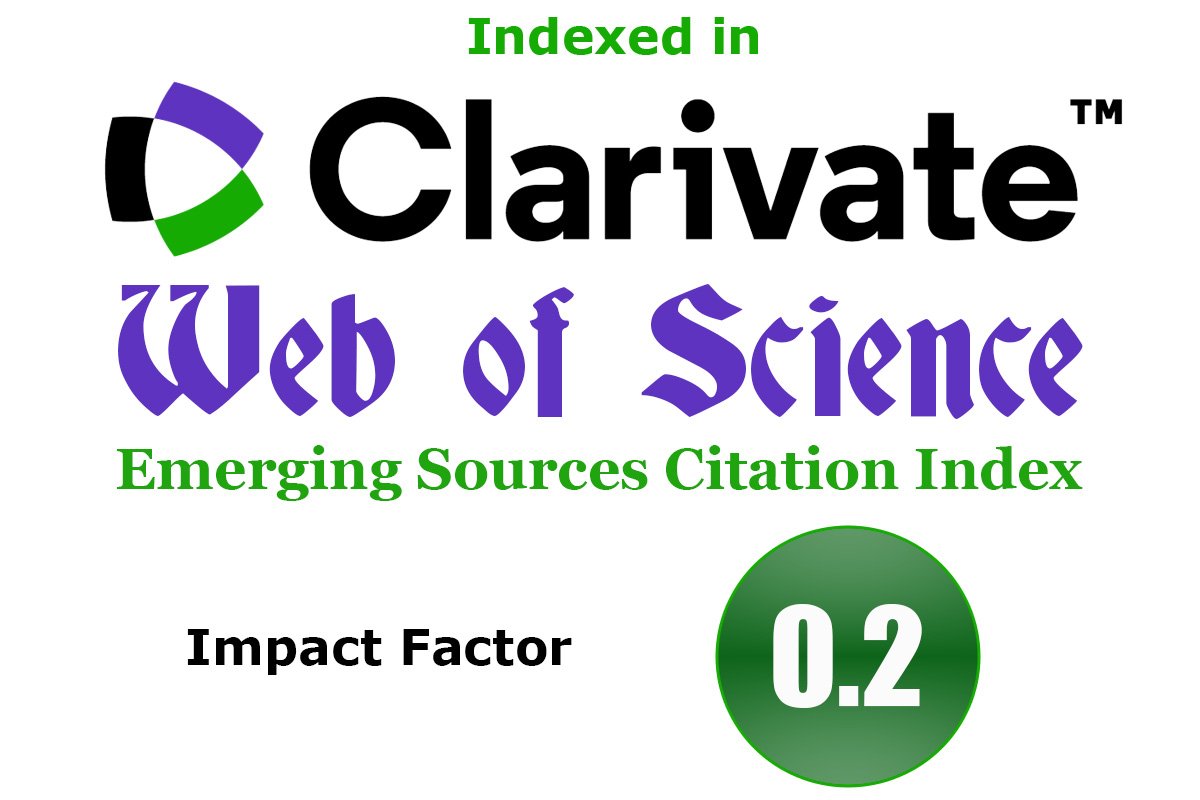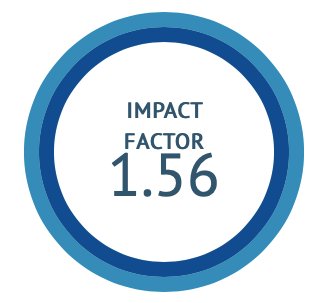A case study on effectiveness of bhavita churna of Asoka twak in Premenstrual Syndrome
DOI:
https://doi.org/10.47552/ijam.v13i1.2227Keywords:
Asoka, Premenstrual Syndrome, Bhavita churna, Vedanasthapana, SokanasanaAbstract
ABSTRACT
Premenstrual syndrome (PMS) is a disease characterised by manifestation of physical and psychological symptoms in females. It is a disorder of unknown etiology that recurs in the luteal phase of an ovulatory menstrual cycle. In Ayurvedic perspective, vitiation of tridoshas particularly vata can be observed in the pathogenesis of PMS. The Asoka - Saraca asoca (Roxb.) de Wilde has got vedanasthapana, pittakaphahara and sokanasana karma which implies that it can cure both somatic and affective symptoms. Bhavana includes processing of churna with liquid extracts to increase the potency. A clinical case of premenstrual syndrome has been selected to study the effectiveness of bhavita churna (processed powder) of stem bark of the drug. The treatment was conducted in the luteal phase (14 days prior to menstruation) for three menstrual cycles and a follow up was also carried out for another three consecutive menstrual cycles. There was significant reduction in symptoms as assessed through Premenstrual Syndrome Scale after 3 cycles of treatment when compared to before treatment. The effect sustained even after follow up. The Asoka - Saraca asoca (Roxb.) de Wilde stood as an effective drug for relieving physical and psychological symptoms observed in PMS.
Key words: Asoka, Premenstrual Syndrome, bhavita churna, vedanasthapana, sokanasana
Downloads
Published
How to Cite
Issue
Section
License
Copyright (c) 2022 International Journal of Ayurvedic Medicine

This work is licensed under a Creative Commons Attribution 4.0 International License.
The author hereby transfers, assigns, or conveys all copyright ownership to the International Journal of Ayurvedic Medicine (IJAM). By this transfer, the article becomes the property of the IJAM and may not be published elsewhere without written permission from the IJAM.
This transfer of copyright also implies transfer of rights for printed, electronic, microfilm, and facsimile publication. No royalty or other monetary compensation will be received for transferring the copyright of the article to the IJAM.
The IJAM, in turn, grants each author the right to republish the article in any book for which he or she is the author or editor, without paying royalties to the IJAM, subject to the express conditions that (a) the author notify IJAM in advance in writing of this republication and (b) a credit line attributes the original publication to IJAM.




